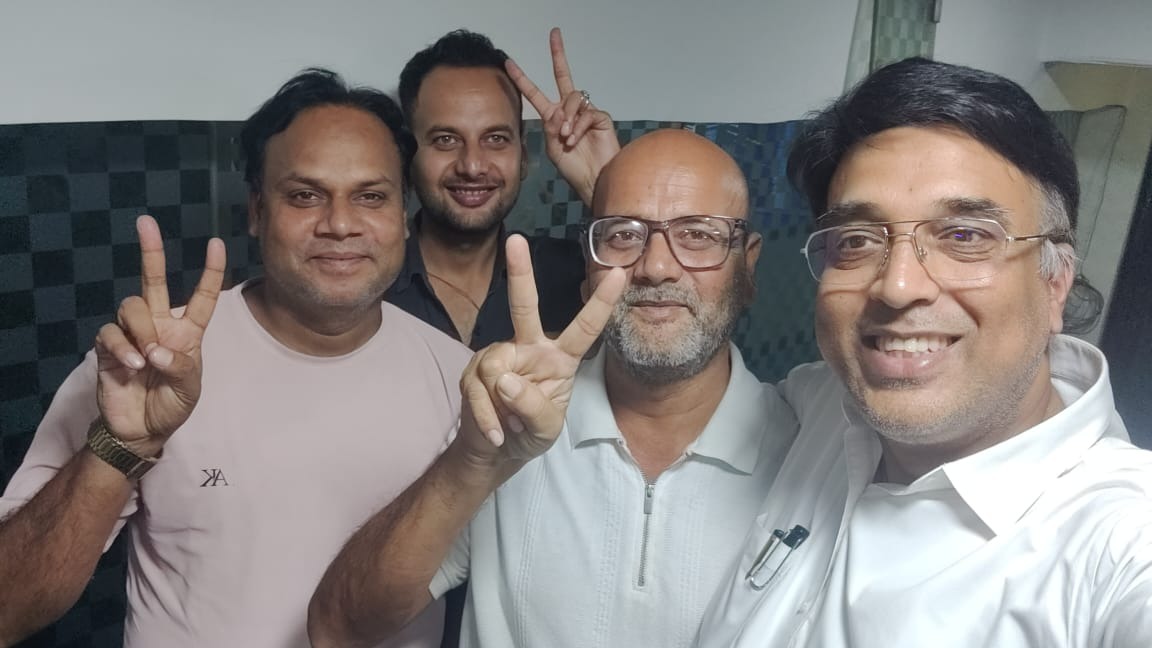The NARI 2025 survey, based on responses from 12,770 women across 31 cities, paints a striking picture of urban safety in India. While Kohima, Visakhapatnam, and Mumbai emerged as some of the safest cities, Delhi, Patna, and Jaipur ranked among the least secure. Six in ten women said they felt safe, but a worrying 40% did not—highlighting deep concerns over harassment, underreporting, and night-time insecurity.
New Delhi: A new nationwide survey has exposed a troubling truth: despite rapid urban growth and rising awareness campaigns, nearly 40% of urban women in India still do not feel safe in their own cities. The NARI 2025 report, released by the National Commission for Women (NCW), was unveiled in Delhi yesterday by its Chairperson, Vijaya Rahatkar.
The report, based on interviews with 12,770 women across 31 Indian cities, provides one of the most comprehensive assessments of women’s safety in urban India to date. With a national safety score of 65%, it highlights both progress and persistent challenges, offering a sobering wake-up call for policymakers and citizens alike.
A Holistic Look at Women’s Safety in India
Launching the report, Rahatkar emphasized that women’s safety cannot be reduced to policing alone. “Through NARI 2025, we aim to present a clear picture of how women perceive and experience safety in their cities. It will serve as a guide for policymakers, urban planners, and law enforcement agencies to make targeted interventions,” she said. She further underlined that safety must also consider urban planning, public transport, lighting, and societal attitudes—factors too often overlooked in policy debates.
Key Findings
- 60% of women said they felt safe, but 40% reported feeling ‘unsafe’ or ‘not so safe’, particularly at night.
- 7% of women experienced harassment in 2024, with those aged 18–24 most vulnerable.
- Only one in three victims reported incidents, citing stigma, fear of retaliation, and inefficiency of authorities as reasons for silence.
- The report warns of a “dark figure” of unreported crimes, meaning actual harassment rates could be far higher.
Most Safest Cities for Women
| Safest Cities for Women | Safety Score Highlights | Key Factors |
|---|---|---|
| Kohima | Top-ranked | Community-driven respect, minimal incidents |
| Visakhapatnam | High | Efficient public transport, well-maintained areas |
| Bhubaneswar | High | Proactive policing, gender-sensitive planning |
| Mumbai | Strong | Quick-response networks, public awareness |
Least Safe Cities for Women
| Least Safe Cities for Women | Safety Score Highlights | Key Challenges |
|---|---|---|
| Delhi | Lowest | Nighttime vulnerabilities, high harassment |
| Patna | Poor | Underreporting, inadequate public spaces |
| Jaipur | Low | Societal norms, transport inefficiencies |
| Faridabad | Weak | Urban expansion without safety focus |
| Srinagar | Struggling | Conflict impacts, restricted mobility |
| Ranchi | Below average | Youth risks, infrastructure gaps |
Also Read: Wedding Invite or Wallet Wipe? Government Employee Loses ₹1.9 Lakh to WhatsApp Scam
Safety Gap Explained
This divide shows deeper issues. Northeastern cities like Kohima often have traditions that respect women, while northern cities like Delhi face challenges from fast growth and outdated views. The report calls for better city planning, like adding streetlights, and using tech, like safety apps, to help women feel secure.
NARI 2025 is a wake-up call. It shows the fear many women live with, from catching a late bus to walking home alone. Rahatkar said, “We will act on this report to close safety gaps.” Years after the Nirbhaya case pushed for change, this report says there’s still work to do. It’s up to leaders, police, and all of us to make India’s cities safer for every woman.




